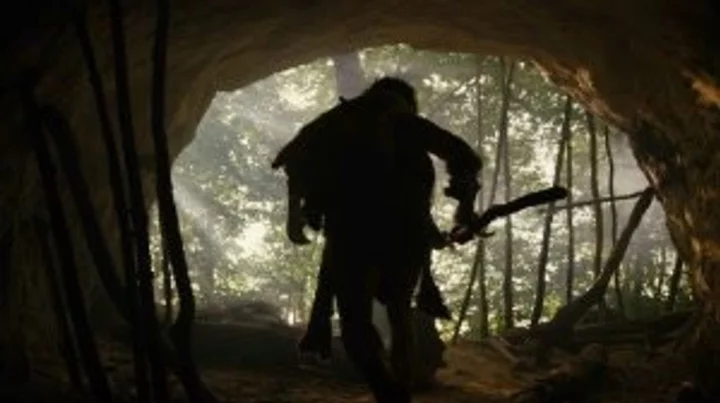Scientists discover that neanderthals were getting high on psychedelics millions of years ago
Neanderthals liked to unwind after a hard day’s work hunter gathering by consuming psychoactive drugs, a new study has found. A discovery of human hair strands at a burial site in Menorca, Spain has given us evidence of drug use in prehistoric times. Research was put forward in a new study published in the journal Scientific Reports, and they shine new light on drug use throughout history. The findings uncovered a number of different alkaloid substances which came from nightshade plants. They contain scopolamine and atropine which can cause hallucinations and out-of-body experiences, while ephedrine is a stimulant. The cave also contained boxes patterned with psychedelic decorations, which could well have been decorated while neanderthals were under the influence. Elisa Guerra-Doce is an associate professor of Prehistory at the University of Valladolid and lead author of the study. Guerra-Doce told The New York Times: "These findings are so singular. "Sometimes when people think about drugs, they think it's a modern practice. These results tell a different story." Ethnobotanist Giorgio Samorini, who wasn’t involved in the study, also told the publication: "This was not a profane purpose of 'searching for a high' but more generally the search for existential meaning that has been largely lost to time.” Sign up for our free Indy100 weekly newsletter Have your say in our news democracy. Click the upvote icon at the top of the page to help raise this article through the indy100 rankings.
Neanderthals liked to unwind after a hard day’s work hunter gathering by consuming psychoactive drugs, a new study has found.
A discovery of human hair strands at a burial site in Menorca, Spain has given us evidence of drug use in prehistoric times.
Research was put forward in a new study published in the journal Scientific Reports, and they shine new light on drug use throughout history.
The findings uncovered a number of different alkaloid substances which came from nightshade plants.
They contain scopolamine and atropine which can cause hallucinations and out-of-body experiences, while ephedrine is a stimulant.
The cave also contained boxes patterned with psychedelic decorations, which could well have been decorated while neanderthals were under the influence.
Elisa Guerra-Doce is an associate professor of Prehistory at the University of Valladolid and lead author of the study.
Guerra-Doce told The New York Times: "These findings are so singular.
"Sometimes when people think about drugs, they think it's a modern practice. These results tell a different story."
Ethnobotanist Giorgio Samorini, who wasn’t involved in the study, also told the publication: "This was not a profane purpose of 'searching for a high' but more generally the search for existential meaning that has been largely lost to time.”
Sign up for our free Indy100 weekly newsletter
Have your say in our news democracy. Click the upvote icon at the top of the page to help raise this article through the indy100 rankings.

